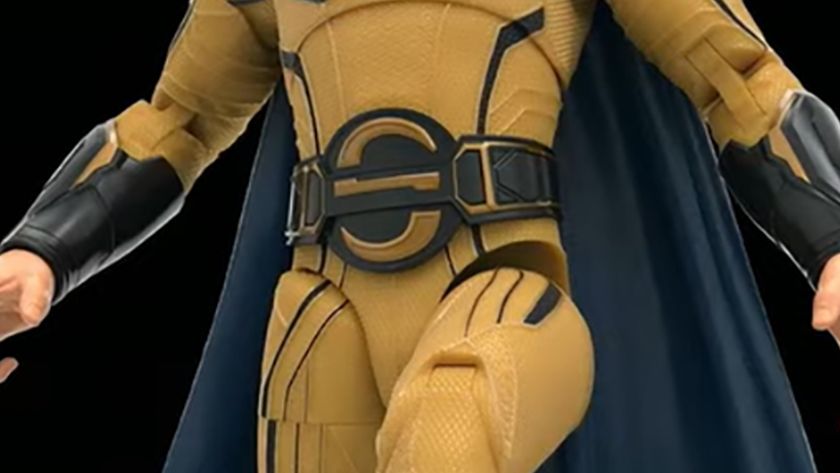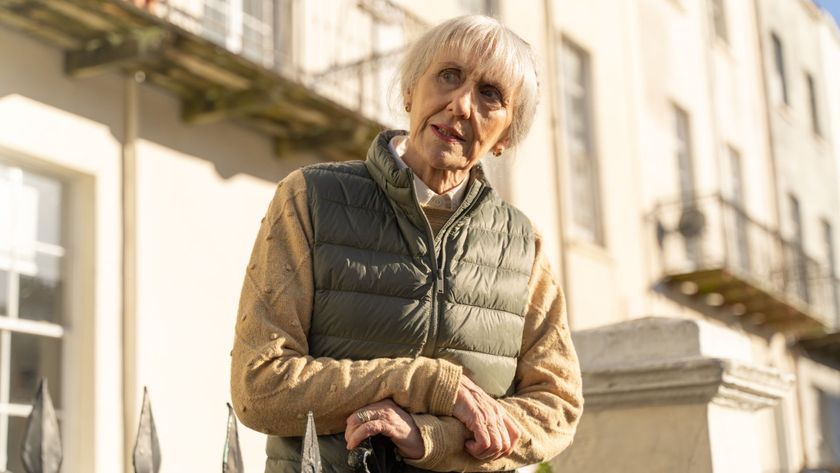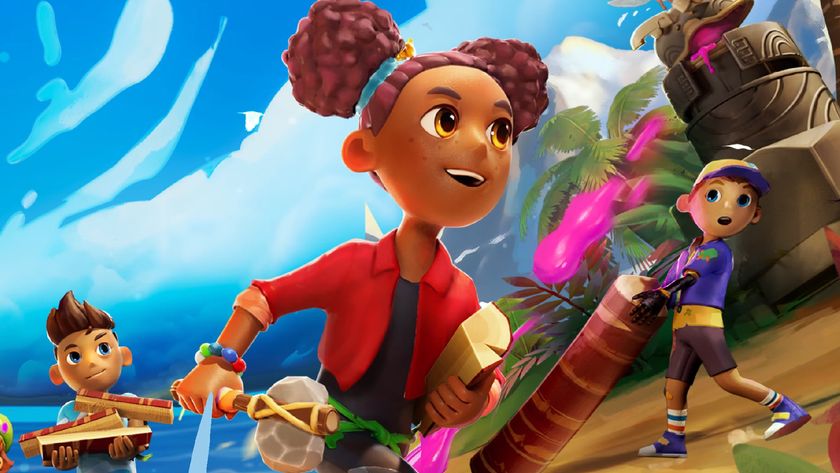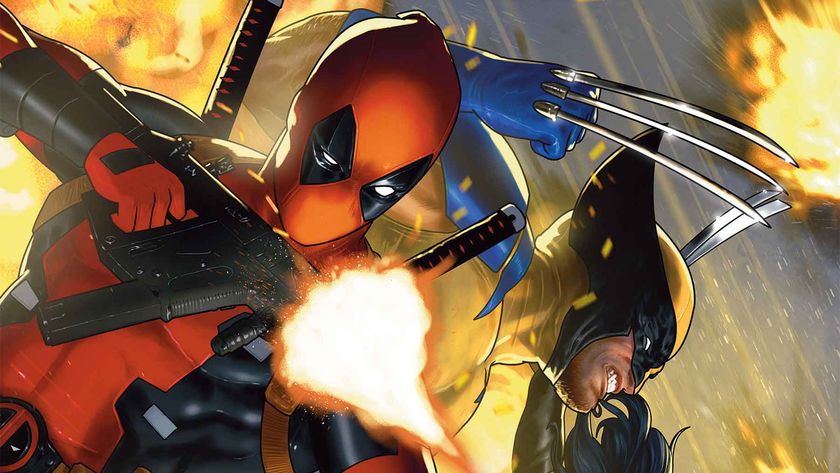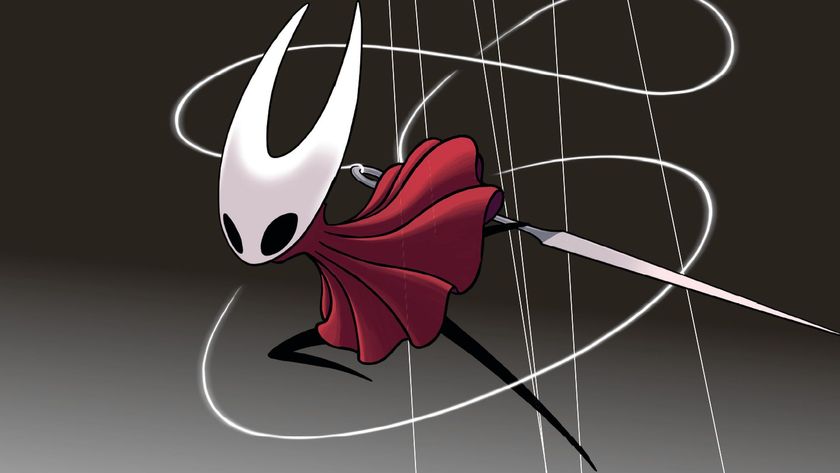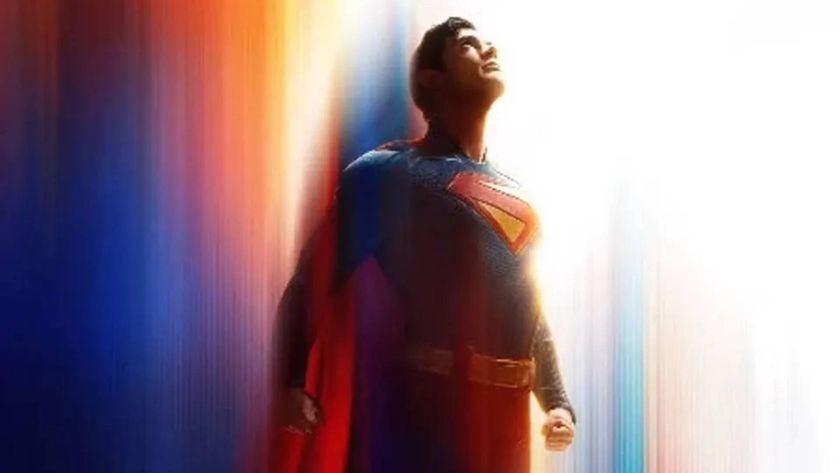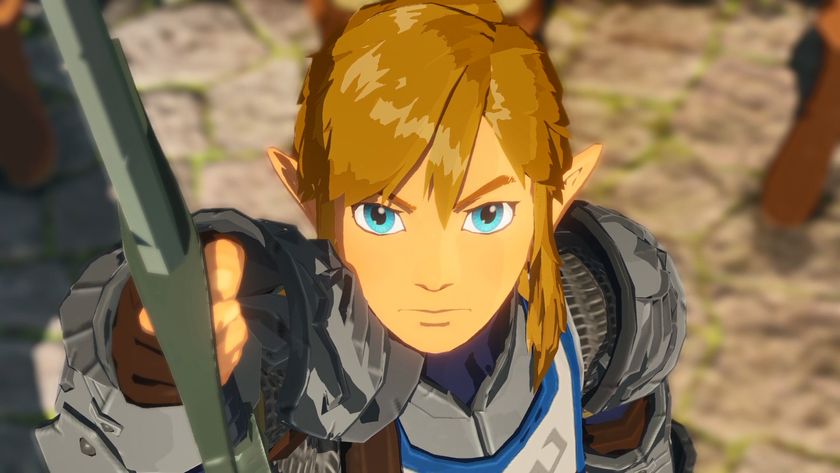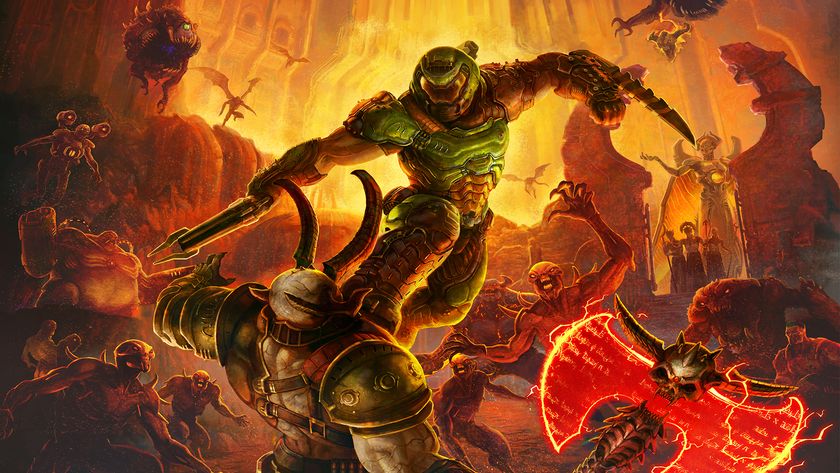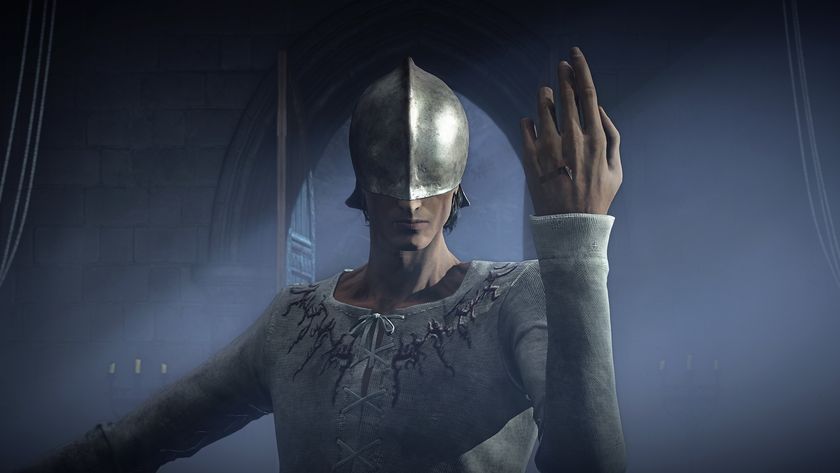Who are the Squadron Supreme - Marvel's Justice League
Marvel's Squadron Supreme is a Multiversal team based on the characters of the Justice League that could be coming to the MCU
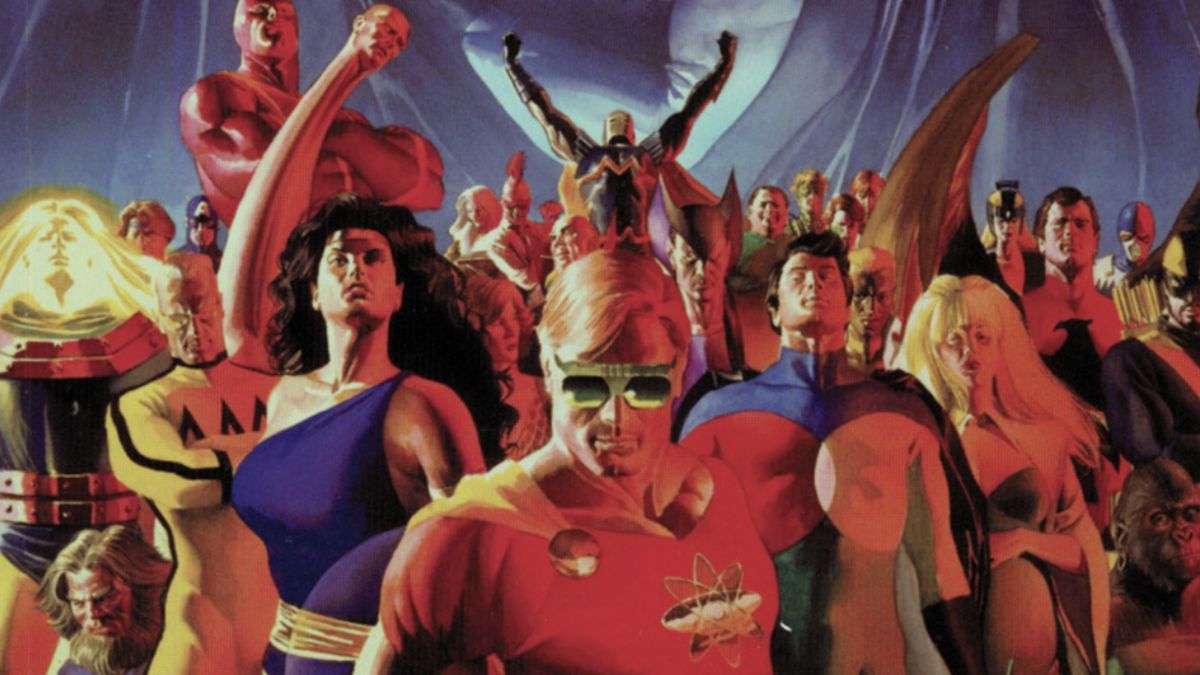
The Avengers is well known as the premiere superhero team of Marvel Comics and Marvel Studios, comprised of Marvel's biggest and best-loved heroes. But did you know that Marvel also has its own Justice League?
Well, sort of… We're talking of course about the Squadron Supreme, a superhero team from another world in Marvel's Multiverse who are designed to resemble the members of DC's Justice League - and who are the latest subjects of rumors that they might soon come to the MCU, perhaps as enemies for the Thunderbolts.
Created in the '60s as a somewhat tongue-in-cheek way to have the Avengers and the Justice League fight, the Squadron Supreme has since evolved into a team all its own – and spawned a Marvel (and DC) tradition of having their characters fight pastiche versions of the other publisher's popular heroes.
So who are the members of the Squadron Supreme, and how do they relate not just to the DC heroes they're loosely based on, but to the Marvel Universe at large?
We'll answer these questions right now.
Who is the Squadron Supreme?
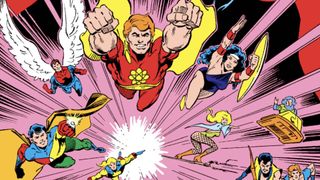
Way back in the late '60s, legendary Avengers creators Roy Thomas and Sal Buscema had a funny idea to pit Earth's Mightiest Heroes against DC's Justice League, a clash that was on the minds of fans even in the early days of both teams. But without a publishing agreement with DC, they had to go about things on the sly.
Enter the Squadron Sinister in 1969's Avengers #69 – a team of doppelgangers created by the cosmic Grandmaster to challenge the Avengers who resembled core members of DC's Justice League.
Comic deals, prizes and latest news
Get the best comic news, insights, opinions, analysis and more!
Thomas definitively stated in an interview in the book The Justice League Companion that the Squadron was purposely designed to resemble the Justice League, as a way to have them fight the Avengers in an era when such a crossover between publishers was unlikely to happen - kinda like the current comic environment of 2022.
Initially comprised of Hyperion, a solar-powered Superman analog; The Whizzer, a Flash-style super-speedster who takes his goofy name from an even goofier Golden Age Marvel hero; Nighthawk, a brutal vigilante in the style of Batman; and Doctor Spectrum, who can build light constructs sorta like the Green Lantern, the team would quickly grow into something else entirely when creators and fans latched onto their potential as characters.
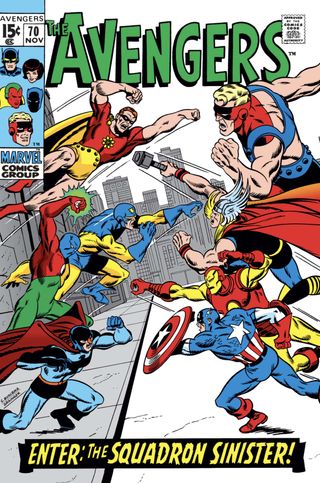
Following their debut as the Squadron Sinister, Roy Thomas and Sal's brother John Buscema (who together with Thomas also created the Vision, Ultron, the Kree-Skrull War, and even the relationship between Vision and Scarlet Witch that forms the basis of WandaVision) revamped the characters in Avengers #85 as the Squadron Supreme, a team of heroes from another world in Marvel's Multiverse that expanded the roster beyond Hyperion, Nighthawk, Doctor Spectrum, and the Whizzer. Instead of doppelgangers, the original Squadron Sinister were revealed as having been summoned by the Grandmaster from their home reality.
Through their subsequent appearances in titles like Defenders and Thor, the Squadron became an expansive team on their own world, including characters such as Power Princess (Wonder Woman), Amphibian (Aquaman), Skymax the Skrullian Skymaster (Martian Manhunter), Golden Archer (Green Arrow), Lady Lark (Black Canary), Tom Thumb (the Atom), Blue Eagle (Hawkman), Moonglow (Zatanna), and Nuke (Firestorm).
They even had a whole team of villains known as the Institute of Evil, some of whom were also DC analogs who eventually joined the Squadron, including Apex (Gorilla Grodd), Lamprey (Parasite), Mink (Catwoman), and Shape (Plastic Man).
Some of the Squadron also came to the core Marvel Universe for extended periods of time.
Nighthawk, who was often philosophically at odds with his fellow members of the Squadron, became a part of Marvel's Defenders. Revealed to have a history as wealthy playboy Kyle Richmond, Nighthawk remained in the Marvel Universe for some time, even spawning some core Marvel Universe successors - one of whom is currently a member of the Avengers.
Meanwhile, the Squadron Sinister version of the Whizzer became Spider-Man villain Speed Demon, a one-time member of the Thunderbolts who still runs around the Marvel Universe causing trouble.
The Squadron Supreme in the Marvel Universe
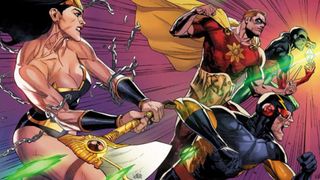
Many of these characters were created or got their first prominent stories in the '80s thanks to writer Mark Gruenwald (who also co-created John Walker/U.S. Agent, Flag-Smasher, and many other ideas that appeared in Disney Plus's The Falcon and the Winter Soldier streaming series).
In a 12-issue Squadron Supreme limited series, Gruenwald, alongside John Buscema, painted a picture of the Squadron's world where they had taken over the United States, deciding to turn it into a utopia – though things predictably go wrong.
(He also leaned heavily into the team's DC-pastiche origins, adding touches like Hyperion putting on special glasses when he used his powers – the opposite of Clark Kent's gimmick of removing his glasses to become Superman).
Over the years, that's the take that has often informed the themes of later Squadron Supreme stories. Though they've been rebooted across other continuities a few times, including the Marvel MAX title Supreme Power, the concept that the Squadron Supreme are easily corrupted and sometimes power-hungry has translated through many versions of the team.
The Squadron has also been shown to be easily manipulated by villains, from their original summoning by the Grandmaster, to a post-Heroes Reborn story in which the Squadron accused the returning Avengers who had been trapped in the alt-reality Heroes Reborn universe of being imposters, under the manipulation of the Controller.
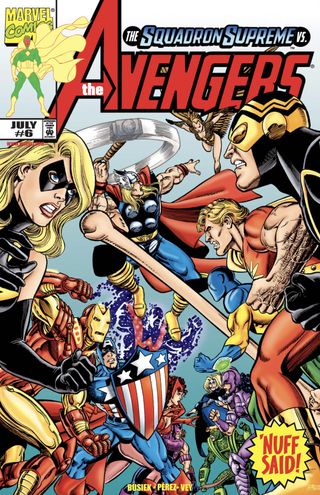
(Oddly enough, that story, from writer Kurt Busiek and artist George Perez's Avengers run, predated their official Avengers Vs. JLA limited series by just a few years).
One version of Hyperion, the last survivor of a world in Marvel's Multiverse that was destroyed in the lead-up to 2015's Secret Wars limited series, joined the Avengers for a while before forming his own short-lived version of the Squadron Supreme consisting of sole survivors from dead worlds.
In the current Marvel Universe, the Squadron Supreme consists of team leader Doctor Spectrum, Hyperion, Nighthawk, Power Princess, and Blur (R.I.P. the world's worst codename 'The Whizzer').
They operate as the Squadron Supreme of America under the guidance of agent Phil Coulson and General Thaddeus 'Thunderbolt' Ross (the Hulk's old rival), as a U.S.-controlled answer to the globally-focused Avengers.
This version of the Squadron Supreme were the villains of 2021's Heroes Reborn event, in which the world was remade with the Avengers never having existed, and the Squadron taking their place.
As previously mentioned, the version of Nighthawk from that story is currently a member of the Avengers.
The Squadron Supreme in the MCU
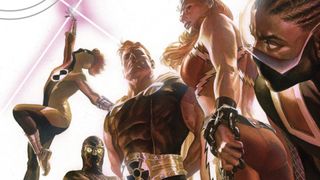
Could the Squadron Supreme come to the MCU? There's a current (totally unconfirmed) rumor making the internet rounds that says it's possible.
That rumor is based on a purported casting call for the Thunderbolts movie, which is supposedly seeking someone to play an "evil Superman" type character as one of the film's villains.
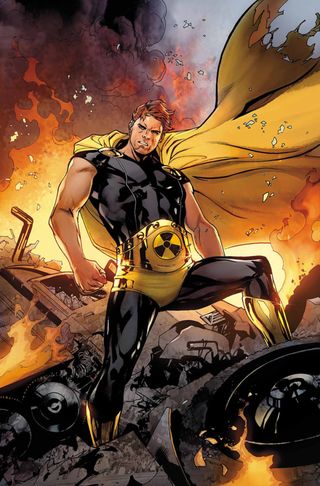
Naturally, given the Multiverse Saga's focus on Variants and alt-realities, the purported casting call has fans thinking that Hyperion of the Squadron Supreme, who debuted as Marvel's literal "evil Superman," might be a good candidate for the movie - perhaps bringing some of his Squadron Supreme allies with him.
Will it come to pass? Who knows. But the MCU has yet to take the plunge on a full supervillain team - could the Squadron Supreme fit the bill?
Read about the best Avengers stories of all time.
I've been Newsarama's resident Marvel Comics expert and general comic book historian since 2011. I've also been the on-site reporter at most major comic conventions such as Comic-Con International: San Diego, New York Comic Con, and C2E2. Outside of comic journalism, I am the artist of many weird pictures, and the guitarist of many heavy riffs. (They/Them)


